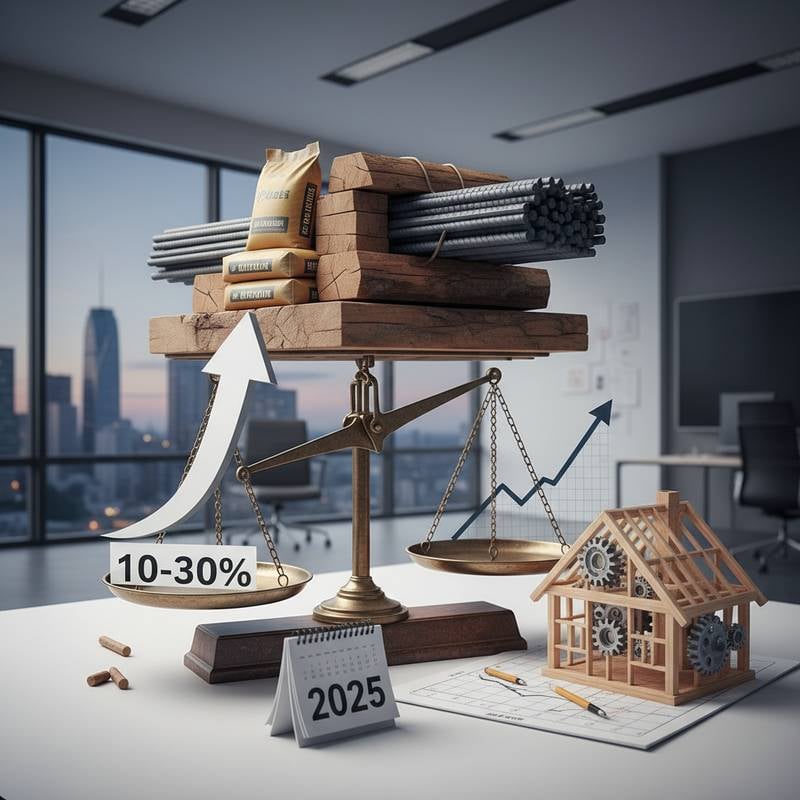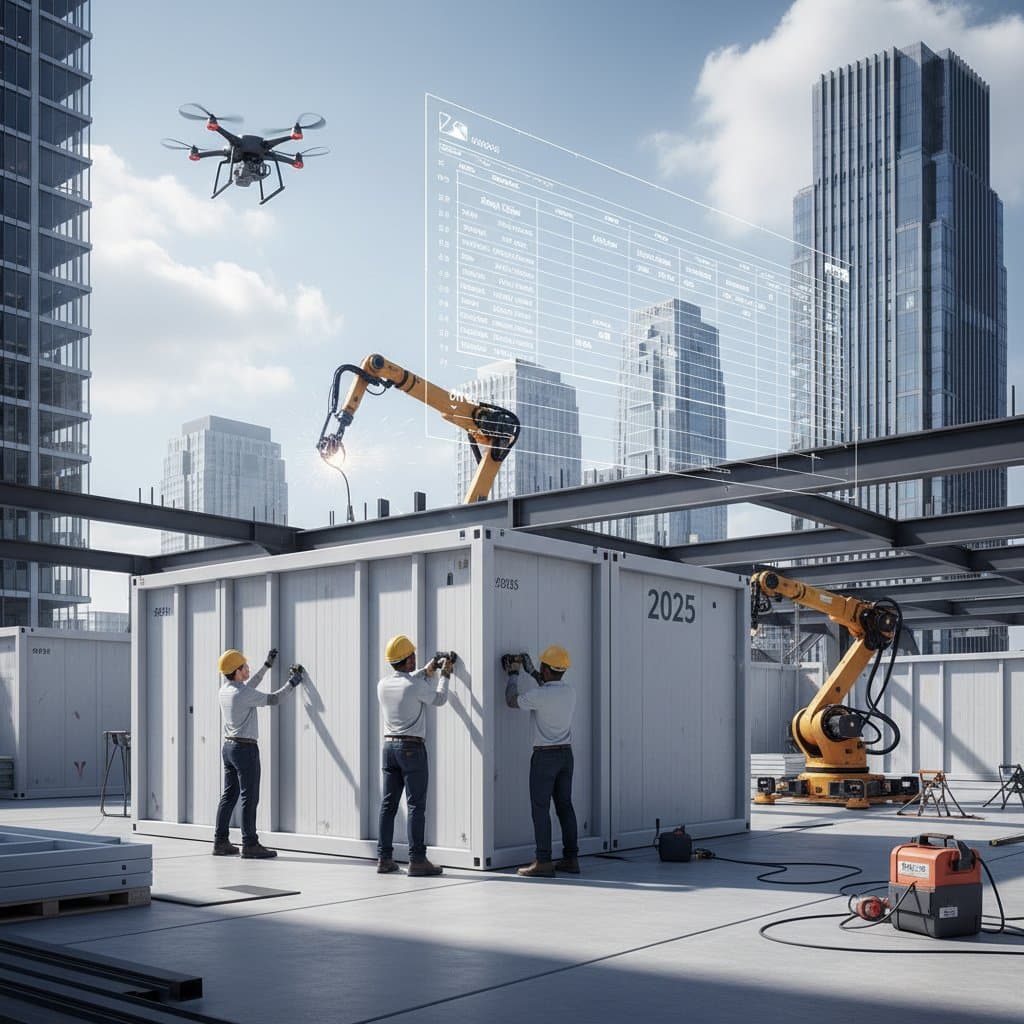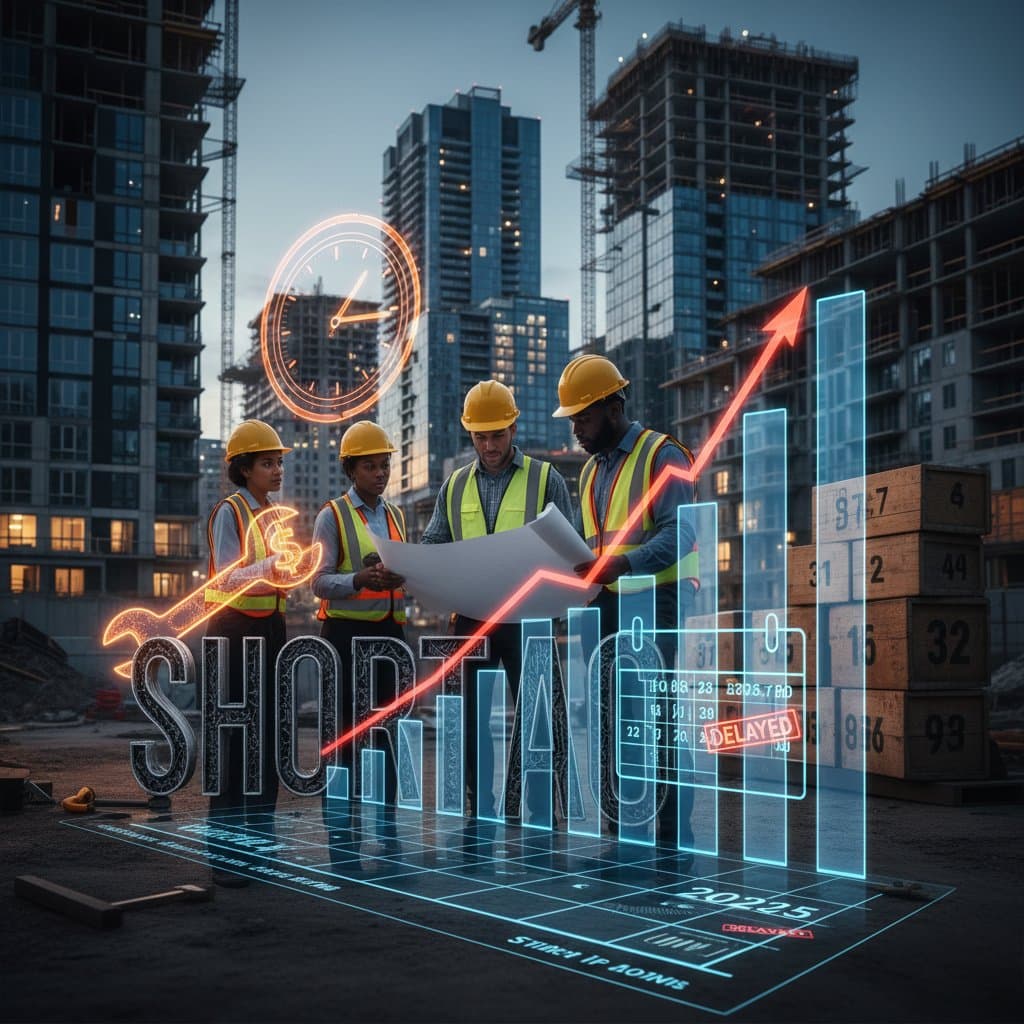Tech Trends Shaping General Contracting in Fall 2025
Quick Answer Box
General contracting is shifting with new technology that improves safety, speeds up project timelines, and controls costs. Many tools are DIY friendly while others require licensed contractors. Expect higher upfront costs for software and equipment, but long-term savings in labor and materials. Risks include data security, improper use of smart tools, and code compliance. Timelines for adoption vary, but most upgrades can be implemented within a single project cycle. Difficulty ranges from moderate for homeowners using planning software to advanced for contractors deploying robotics or energy systems.
Step-by-Step Instructions
1. Use Digital Project Planning Tools
- Download construction project management software.
- Enter your budget, schedule, and material list.
- Share access with contractors and subcontractors.
Check: Confirm that all team members can log in and see updates in real time.
3. Install Smart Jobsite Monitoring
- Place wireless sensors to track temperature, humidity, and air quality.
- Use motion sensors to monitor security after hours.
- Connect sensors to a mobile dashboard for alerts.
Check: Test each sensor to ensure it sends accurate data.
5. Adopt Robotics for Repetitive Work
Warning: Mechanical Hazard. Keep clear of robotic arms and moving equipment.
- Contractors can use robotic bricklayers or drywall finishers.
- Program robots for repetitive, labor-heavy tasks.
- Inspect finished work for accuracy.
Check: Ensure the surface is level and joints align with specifications.
7. Use Prefabrication and Modular Components
- Ask your contractor if wall panels, plumbing pods, or roof trusses can be prefabricated.
- Schedule delivery just before installation.
- Reduce on-site waste and speed up project completion.
Check: Inspect each prefabricated unit for damage before installation.
9. Enhance Safety with Wearable Tech
- Provide workers with helmets fitted with sensors.
- Track movement, impact, and fatigue through a connected app.
- Use alerts to pause work if unsafe conditions appear.
Check: Confirm all devices sync with the safety dashboard.
Cleanup and Disposal
- Recycle packaging from sensors, drones, or prefabricated materials when possible.
- Dispose of batteries and electronic waste through certified recycling centers.
- Clear digital storage of duplicate files to avoid clutter.
Maintenance and Lifespan
- Software: Update monthly to maintain security.
- Sensors: Replace every 2 to 3 years depending on manufacturer guidelines.
- Drones: Service after every 100 flight hours.
- Robotics: Schedule annual maintenance with the supplier.
- Energy Systems: Test annually and replace smart thermostats or panels every 10 to 15 years.
FAQs
Do I need a permit for jobsite sensors?
Usually not, but check local code for electrical tie-ins.
Can I fly my own drone for construction?
Only if local law allows unlicensed operation. Otherwise hire a certified operator.
Is 3D printing strong enough for structural parts?
Not for major load-bearing elements. Use it only for non-structural components unless code approval exists.
What is BIM and why is it useful?
BIM is a digital 3D model that shows all building systems. It prevents costly mistakes before construction begins.
How do I keep my data safe?
Use encrypted cloud storage and restrict access to essential users only.
Will robotics replace workers?
Not fully. Robotics handle repetitive tasks, while skilled trades still handle complex work.
How fast can prefabrication speed up a project?
It can cut weeks off a schedule depending on the number of prefabricated units.
Pro Tips for Success
- Start small with digital tools before moving to advanced robotics or prefabrication.
- Train your team or ask your contractor for training sessions on new systems.
- Always confirm compatibility of smart devices before purchase.
- Test digital models against actual site measurements.
- Keep backup power sources for sensors and monitoring systems.
Maintaining Your Investment
The technologies entering general contracting improve efficiency and long-term value. By combining digital planning, smarter monitoring, and prefabricated methods, you gain more control over time and budget. Homeowners who adopt these tools early can expect fewer delays, better safety, and more predictable costs. Contractors who integrate robotics and energy-efficient systems will deliver higher quality and more sustainable builds.
Staying current with these trends requires careful planning and selective investment. Start with tools that deliver immediate value, such as project software and sensors, then expand into robotics or prefabrication when the budget allows. Regular maintenance and professional oversight will keep every system reliable. By approaching these upgrades step by step, you protect your investment and set your project up for long-term success.











